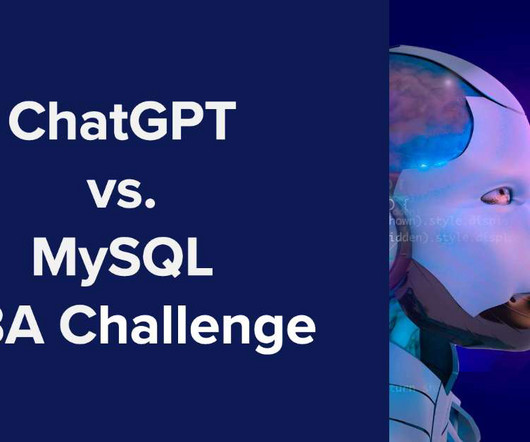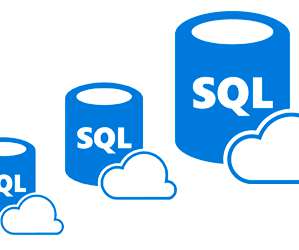Crucial Redis Monitoring Metrics You Must Watch
Scalegrid
JANUARY 25, 2024
You will need to know which monitoring metrics for Redis to watch and a tool to monitor these critical server metrics to ensure its health. Understanding Redis Performance Indicators Redis is designed to handle high traffic and low latency with its in-memory data store and efficient data structures.


































Let's personalize your content